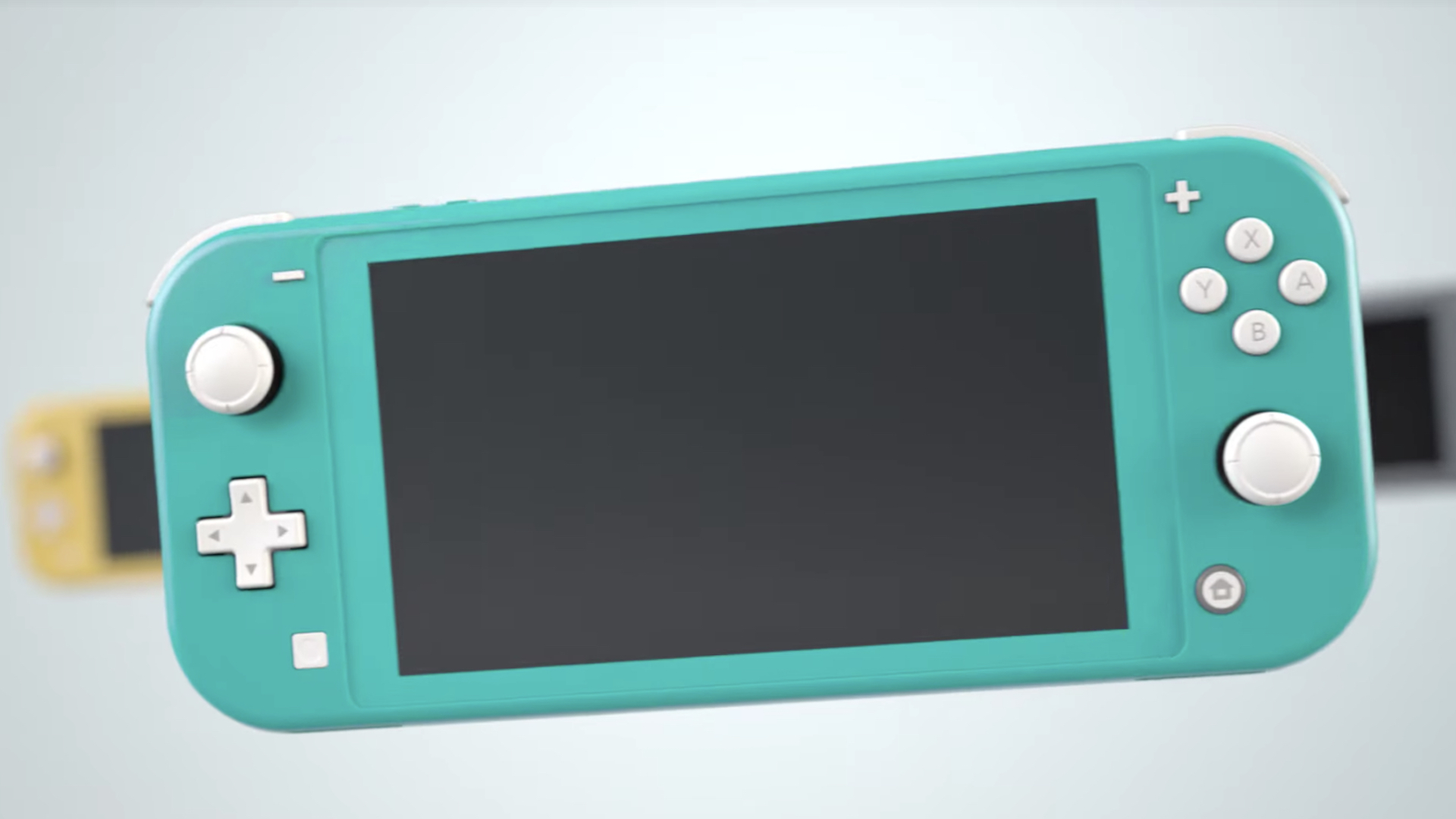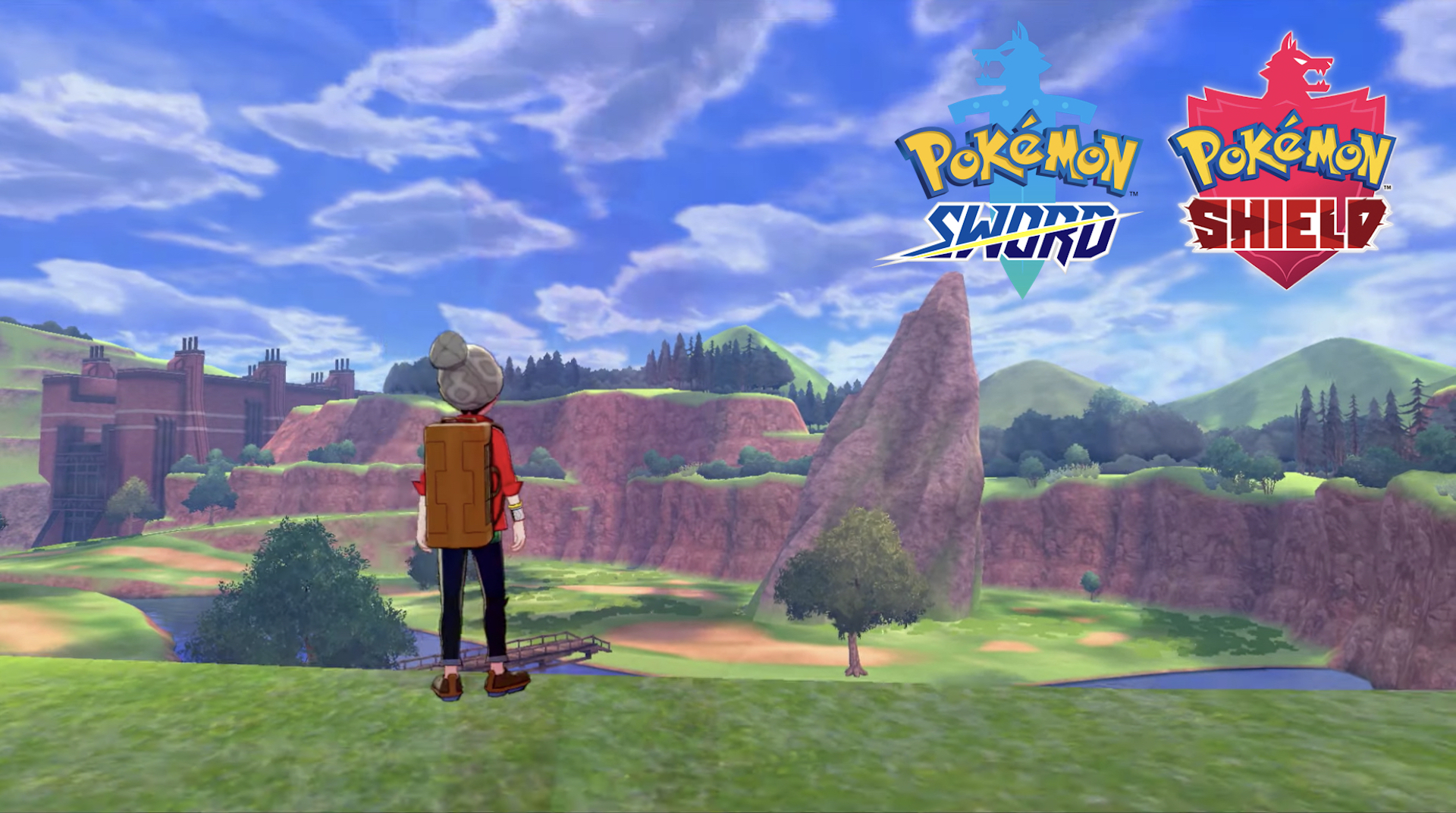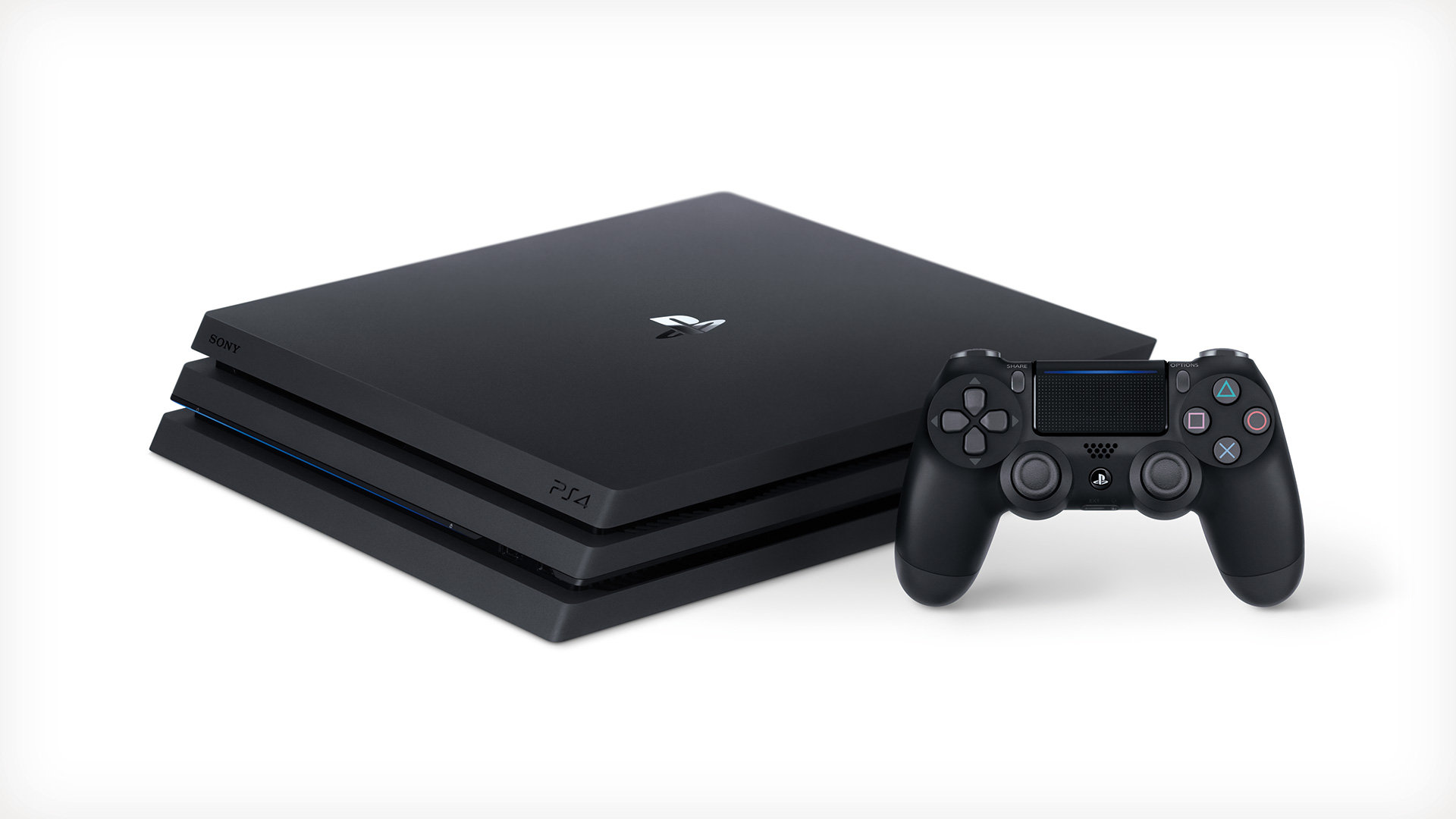
Earlier this week, after months and months of speculation, Nintendo finally announced a new, smaller, cheaper Switch revision. The Switch Lite will be a handheld-only model of the console, which runs all the same games the Switch does, while lacking some inessential functionality, and will sell for $199.
There’s a lot to unpack here, but the key takeaway is how aggressive Nintendo’s strategy seems to be with the Switch Lite. As a point of comparison, the Xbox One and the PS4 are three and a half years older than the Switch, and they have not yet dropped down to a $199 MSRP. The Switch, which as of last count is selling faster than either of those consoles, has already done that with this new revision.
The timing of the Switch Lite is especially interesting, because Nintendo seems to be proactive here, rather than reactive. Sales of the Switch are currently higher and faster than in similar time frames in 2017 or 2018, and yet Nintendo has given it a kick with a 33% cheaper model. Once again, this indicates how aggressive the strategy with the Switch Lite seems to be.
This aggression is probably going to pay dividends for Nintendo. At $200, the Switch Lite now effectively functions as a brand new Nintendo handheld – the vaunted 3DS successor. Given that the 3DS itself is in steep decline, with no future first- or third-party releases lined up for it, it is very clear that the Switch Lite is now intended to take up the mantle of being Nintendo’s “handheld”. Which makes things extremely interesting, because for as much as the Switch has sold, there is a large crowd out there it has so far not captured – the broader Nintendo handheld crowd.
The broader Nintendo handheld crowd is comprised of those who pick up the new GameBoy or DS because it is reasonably cheap, at $100-$200, and then buy games such as Pokemon or Animal Crossing to play on that handheld. Those games might be the bulk, if not the entirety, of what these players play on their Nintendo handhelds; nevertheless, there are so many of these players, that their sheer volume in terms of the hardware and limited software sales compensates for their lack of interest in other games and subsequently low attach rates.
Those people were never going to buy the Switch as it is right now — it’s $300, which is priced far too high for something that would only be used for a couple of games, to begin with. Simultaneously, it is also important to remember that there were few, if any games that actually would appeal to them available on the Switch at the present moment. The Switch’s bestselling blockbuster software so far – things such as Breath of the Wild, Super Mario Odyssey, and even Super Smash Bros. Ultimate – all has a degree of “hardcore” appeal to it, in that it appeals more to the enthusiast than to the broader audience Nintendo has traditionally been so good at catering to.
On the other hand, games such as Animal Crossing and Pokemon are the Nintendo games that appeal to possibly the broadest possible demographic of any IP in the industry. They appeal to enthusiasts and expanded audiences alike. These games now hitting the Switch means that the Switch itself is more appealing to the broader audience as well. Those games, then, combined with a smaller, cheaper model, suddenly opens the sales potential for the Switch wide open.
Which is where things get extremely interesting. The Switch is already currently selling extremely well. It is among the fastest selling systems of all time, and is at over 35 million units sold as of the end of June, just over two years into its life. All of this is before the console hits the prime of its life, which is traditionally the third and fourth years of a system’s life cycle, and before mass sellers such as Pokemon and Animal Crossing hit, and before it was available at the shockingly low $199 price point.
If it was able to keep pace with, if not outright outpace, the PS4 before those extremely exacerbating factors, then what happens now once those factors come into play? Exactly how well does the Switch sell when you add the broader Nintendo handheld audience, as well as the audience that is likelier to pick it up when it is $199, as well as the Pokemon and Animal Crossing audience, to the base it has already been catering to?
Theoretically, this could be an explosion of sales that leads to the Switch rocketing in sales at a pace that few other systems have achieved previously. Given that the long-term health of the Switch seems to be far better than that of the Wii, which was selling to a disengaged base on the basis of a novelty to begin with, that pace could also be sustainable for years before the Switch enters the final part of the bell curve representing its life cycle, and sales finally begin to taper off.
All of which is to say, given all of these factors, I would not be surprised if the Switch Lite is instrumental in propelling the Switch past the PS4’s lifetime sales by the time all is said and done. The PS4 itself has of course sold ridiculously well – it could end up as the second highest selling console of all time by the time it is superseded by the PS5, behind only the PS2. But assuming the Switch Lite explodes in the way I am speculating here, that second place reign may be short lived, and the Switch might soon overtake it, and end on a higher lifetime sales total.
This is, ultimately, where the genius of Nintendo’s play with the Switch comes to light. Hypothetically, the Switch’s appeal was always immense – it would sell to a broader millennial crowd, it would sell to the Nintendo handheld crowd, it would sell to the Nintendo console crowd, and it would sell to the broader console gaming crowd as well. It was unclear exactly how well Nintendo would execute on this – they have a habit of messing things up even when handed to them on a silver platter – but the Switch Lite indicates that they are actually, for once, executing and following up on their vision well. And if so – if they continue to do that for the next few years – then yes, I would not be surprised if the Switch ends up having outsold the PS4 by the time both consoles have ended their respective runs.
Of course, this is all speculative. It is possible, for example, that the PS4 gets a second lease of life thanks to a sudden late-life hit, or its own $199 price drop (which really needs to happen sooner rather than later at this point), or because it takes off in emerging markets such as India and Brazil. It is possible, also, that Nintendo ends up messing things up in the coming years, that the Switch peters out and tops out sooner than expected, that Nintendo drops support for it causing sales to dry up a la Wii, that the PS5 and Xbox Scarlett end up taking all the wind out of the Switch’s sales. It is foolishness to suggest that the Switch Lite’s existence guarantees a Switch victory over the PS4.
But it is equally foolish to not consider the idea that the Switch might end up being the dark horse winner of this generation as well. As of right now, it is firing on all cylinders, and Nintendo seems to be handling it surprisingly well. And this is before its mass market explosion – if Nintendo keeps this up, the Switch will end up carving a victory for itself.
Note: The views expressed in this article are those of the author and do not necessarily represent the views of, and should not be attributed to, GamingBolt as an organization.

















